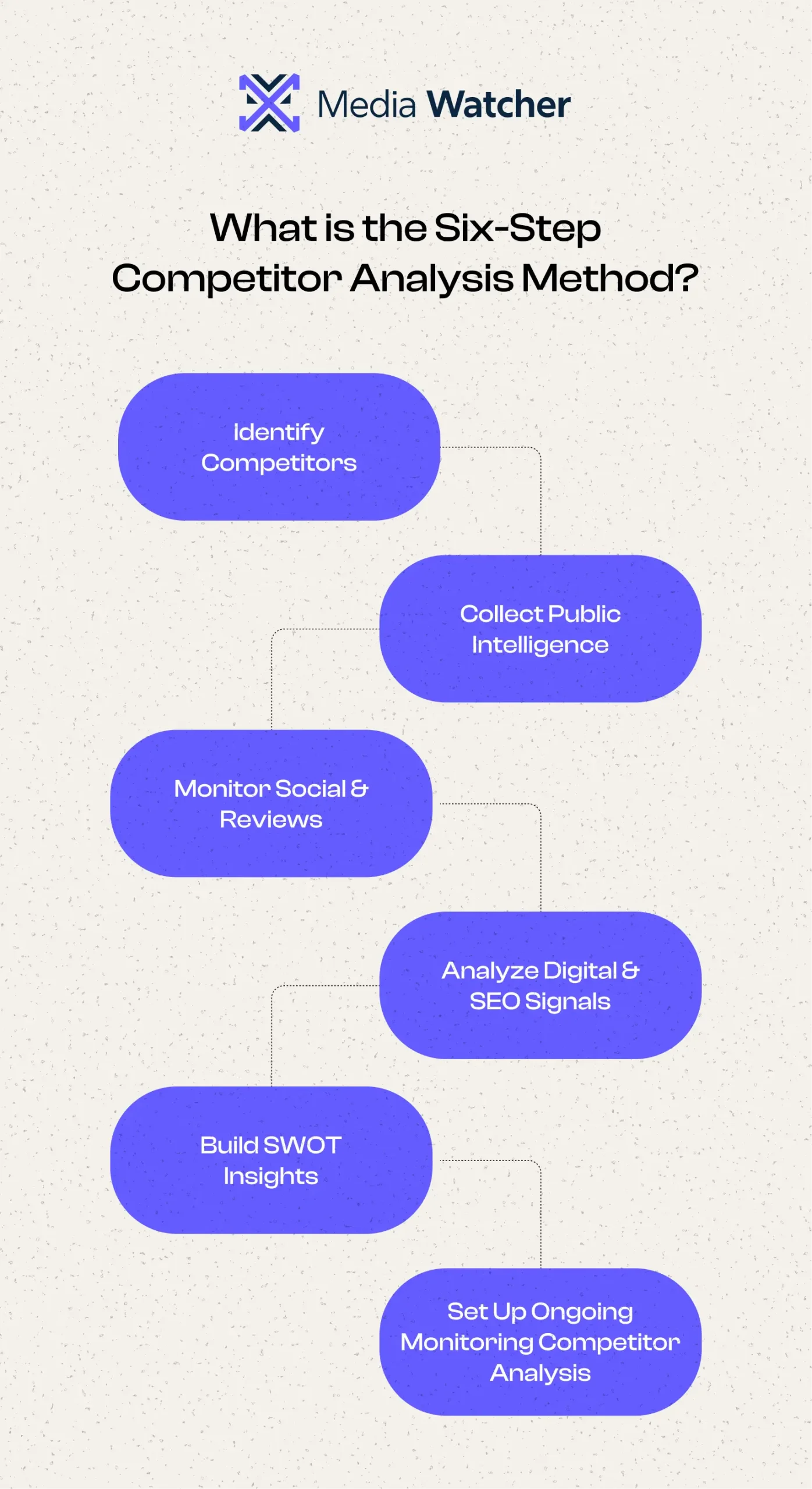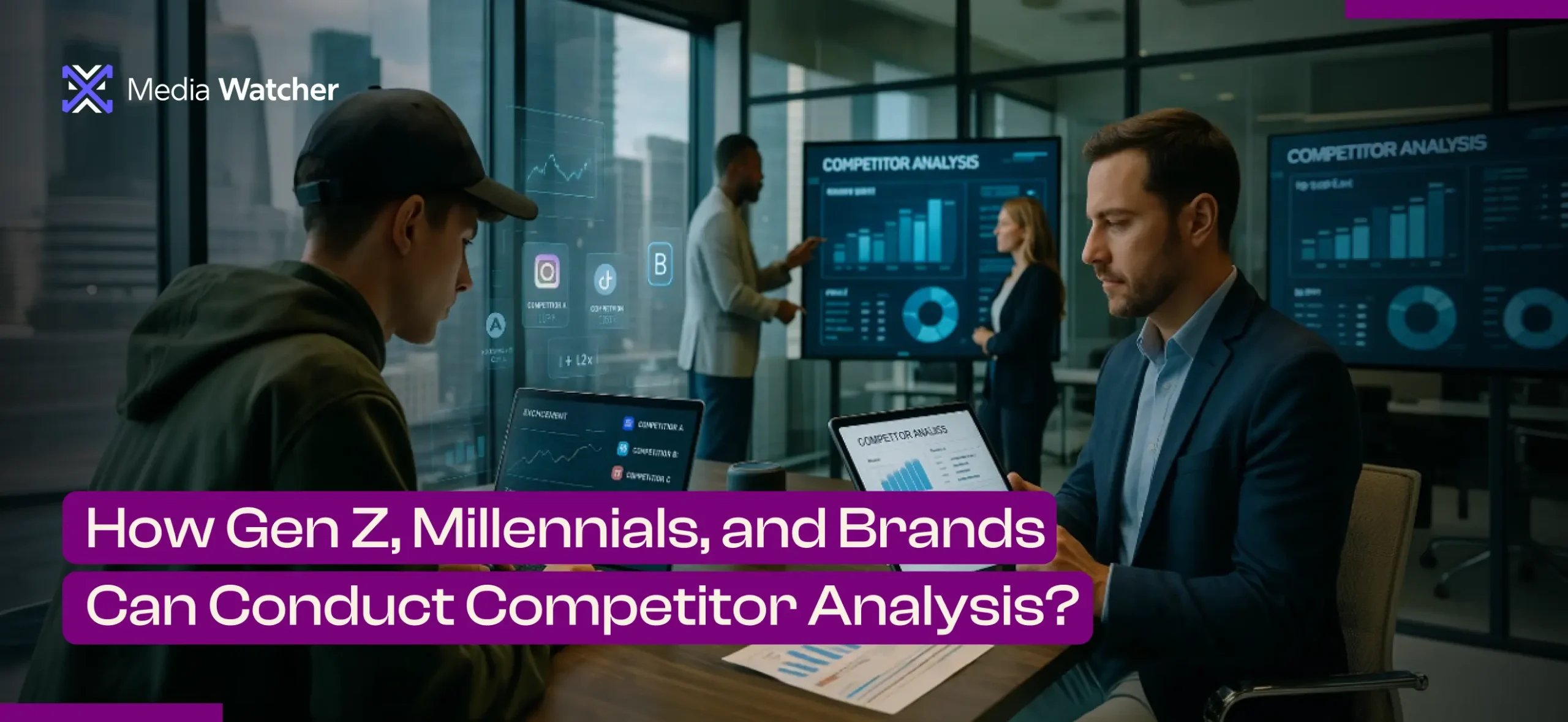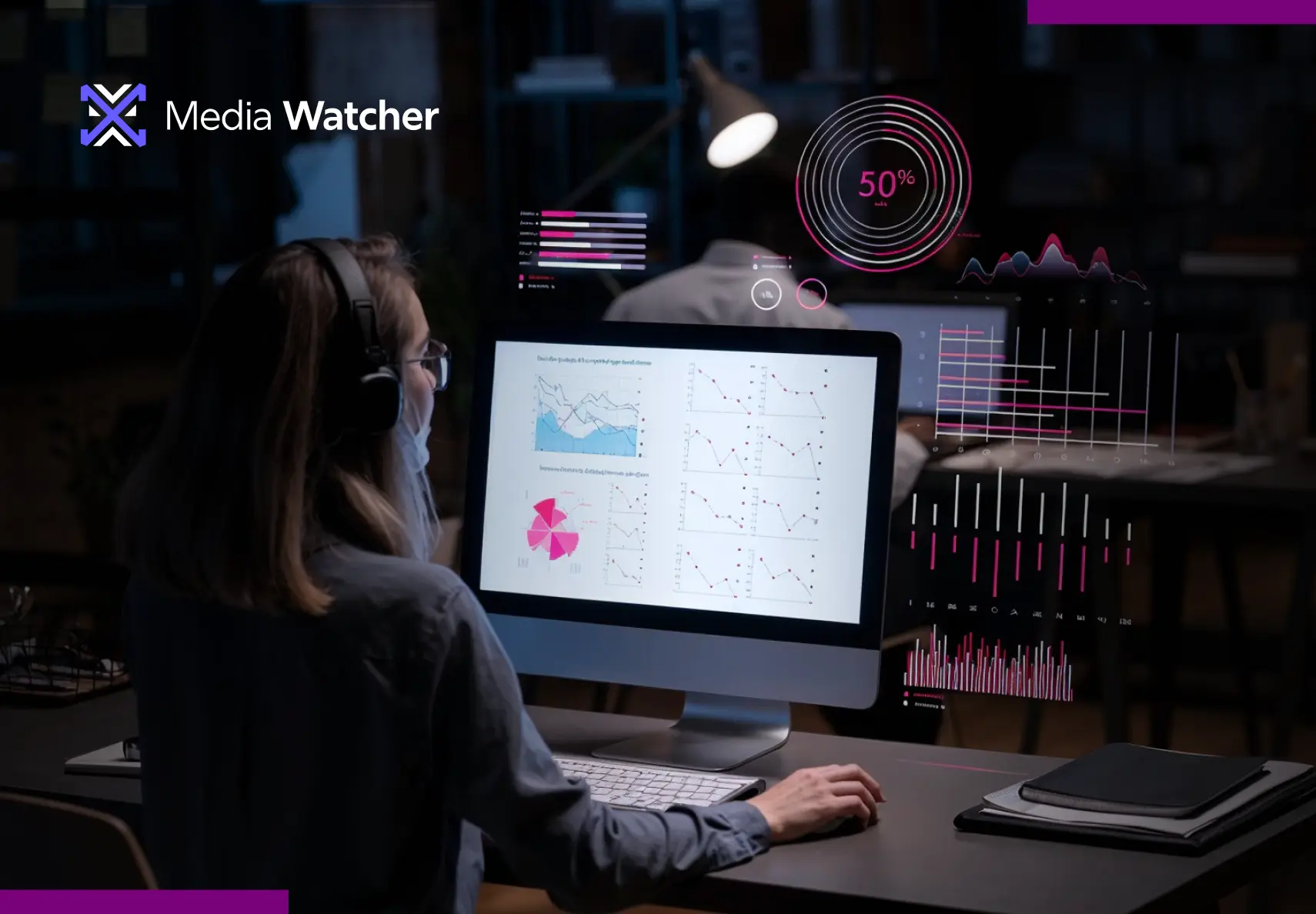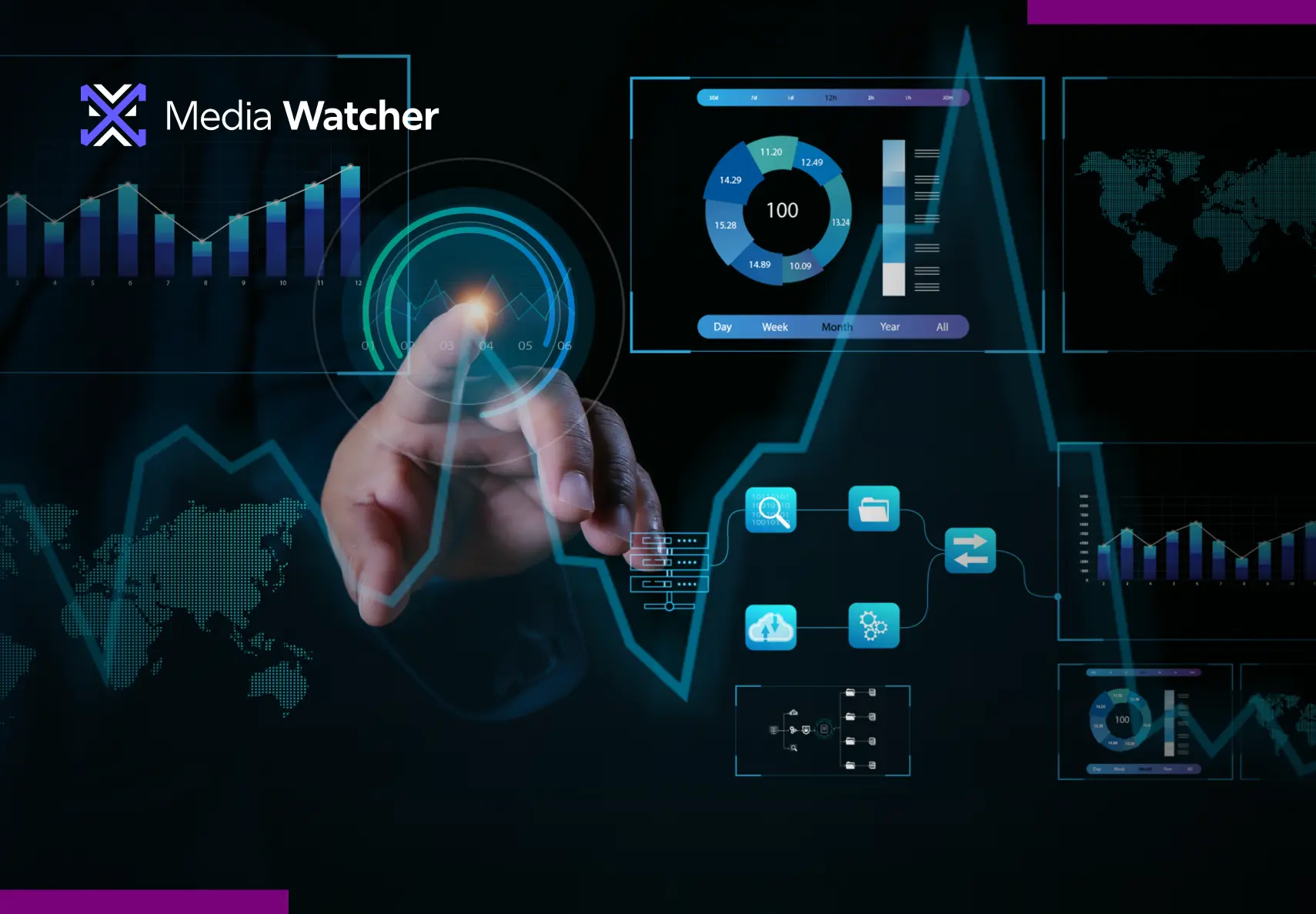Have you noticed how younger generations always seem fully informed about new launches and upcoming brand campaigns? Many Gen Z and Millennial business entities approach the market with a research-first mindset.
100% of Millennials are Internet users, with over 90% owning a smartphone and spending approximately 2 hours and 25 minutes per day on content or social media.
The above stats imply that Gen Z and Millennials make almost every decision based on information collected from various sources on the internet.
Usually, this is how they evaluate brands, trends, and choices, and that mindset is the basis of contemporary competitor analysis, which leads them to reach a reasonable conclusion.
What is Competitor Analysis?
Competitor analysis is the process of identifying and evaluating your competitors’ strategies, strengths, weaknesses, audience perception, and market positioning to make better business decisions.
It goes beyond simply knowing “who else is in the market.” It’s about tracking:
- New product launches and related strategies
- Customer reviews and their satisfaction levels
- Marketing and content performance
- Innovation trends and their technology investments
- Media coverage and evolving regulations
These factors serve as ultimate reality checks for Gen Z, Millennials, and businesses, which help them make decisions wisely, act early, and gain an advantage in crowded and competitive markets.
How are Gen Z and Millennials Research-Focused Business Entities?
Gen Z and Millennials are not just consumers but also informed consumers who are always gathering insights before they make any business-related decision, be it launching campaigns or introducing new products.
These are the generations so attached to the digital world that they depend on social sites and mobile devices to power their research.
To them, online research is not merely about window shopping, but it involves carrying out a proper due diligence process. Gen Z particularly lives on the cross-checking of information with various sources to create a comprehensive understanding, and then they take action.
They are very keen on brand comparison, market trends, and competition analysis.
This “always-on” research mindset is crucial for them as they plan business moves, whether working on any new innovation or navigating market shifts
The need for a data-driven understanding drives Gen Zs and Millennials. They do not simply act on their intuition or superficial information before they make decisions.
They dive deeper into online reviews, videos, and peer reactions to avoid making uninformed moves out of step with the latest trends.
This type of research-first is not confined only to consumer choices but also to business strategies, as all their actions are supported by strong evidence.
The difference between these generations is that they are values-oriented. The bottom line is not the only consideration for them, as they are also concerned with the sustainability, inclusion, and ethical practices of the companies they do business with.
Why Competitive Analysis Is Critical for Modern Brands
It’s not just consumers who care about competitors, brands do too. Businesses know they must watch rivals closely.
Nearly half of organizations say their industry is “much more competitive” than just a few years ago. This arms-race mentality is driven by easy market entry, for instance, digital startups, and constantly shifting consumer trends.
Key findings from industry reports highlight why competitor analysis matters.
- According to Crayon, 94% of businesses invest in competitive intelligence. Even small firms leverage digital tools to monitor markets.
- 98% of professionals say a rival’s website is their primary CI source. Brands crawl competitors’ public information, websites, blogs, and press releases, while tracking social media to spot new campaigns or features.
- Competitive lapses cost customers. For example, 89% of consumers will switch to a competitor after a poor experience. It is essential to monitor rivals’ customer service, because satisfaction is therefore critical to retaining market share.
In short, both consumer behavior and market realities demand diligent competitor analysis tools. Brands that ignore it risk losing touch with customer expectations and falling behind agile newcomers.

Steps to Conduct an Effective Competitor Analysis
Whether you’re a founder, marketer, or growing business, here’s a streamlined process to guide your competitor research:
1. Identify Competitors
List direct rivals that offer the same solutions and indirect ones that target the same audience. Ask customers who else they considered and use market research + keyword searches to spot emerging players.
2. Collect Public Intelligence
One of the competitor analysis examples includes reviewing competitor websites, blogs, press releases, and product pages. Subscribe to newsletters and track job postings to detect new launches, priorities, or expansions.
3. Monitor Social & Reviews
Track competitor social profiles, hashtags, and forums to analyze engagement, sentiment, and customer feedback using competitor analysis software. Review platforms reveal pain points and feature demand.
4. Analyze Digital & SEO Signals
Use SEO and analytics tools to compare traffic, rankings, content themes, backlinks, and paid campaigns. This highlights where competitors earn visibility and authority.
5. Build SWOT Insights
In this step, compare the strengths, weaknesses, opportunities, brand, and technology. Determine areas where they are doing better than you and differentiate.
6. Build Ongoing Monitoring Competitor Analysis Framework
Use alerts and media monitoring tools to track competitor updates, launches, sentiment shifts, and market news. Competitor analysis is continuous, not one-time research.
How Media Watcher Can Be Your Best Competitive Analysis Solution?
Media Watcher is all in one solution serving businesses and marketers to take their competitor analysis to the next level.
Media Watcher is a competitive intelligence and media monitoring tool that tracks any brand, competitor, or topic across news sites, blogs, social media, forums, etc.
It consolidates mentions and trends into easy-to-read dashboards and reports, which are driven by intelligent analytics. Media watcher provides real-time alerts on competitor announcements, share-of-voice comparisons, and sentiment tracking without manual effort.
Companies also have the option of developing custom-made dashboards that give them real-time notifications on their chosen competitor, thereby staying ahead of their next course of action.
To be brief, Media Watcher does the major work of collecting and analyzing data so that you can concentrate on strategy.
Whether you’re a Gen Z entrepreneur comparing peer startups or a legacy brand tracking market shifts, Media Watcher provides actionable insights at your fingertips.
Book a demo at Media Watcher today and turn competitive intelligence into your competitive advantage.




